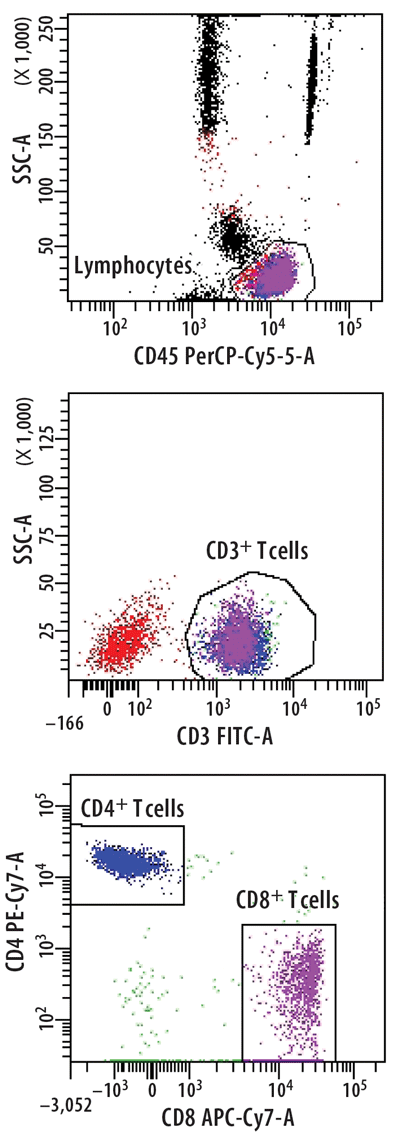flow cytometry results explained
A scatterplot also known as a dot plot pictured. The results of a flow cytometry test will show how many irregular cells are present in white blood cells or bone marrow.
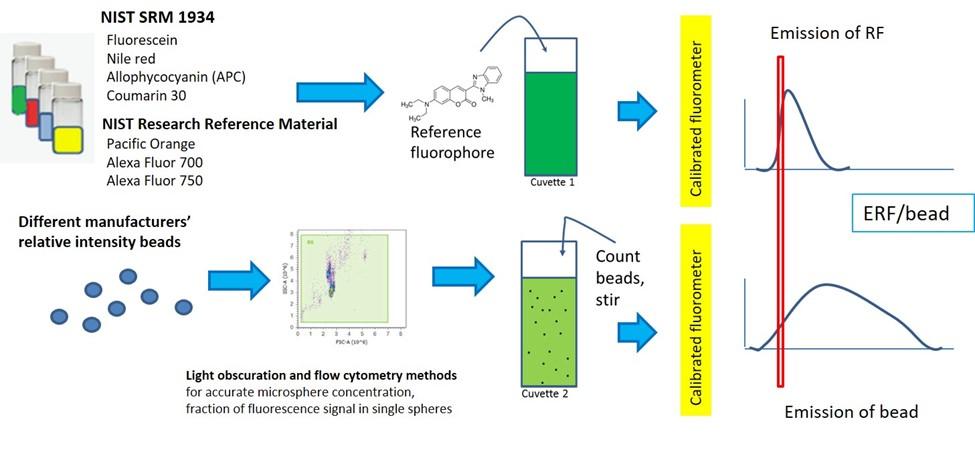
Quantitative Flow Cytometry Measurements Nist
Updated September 21 2018.
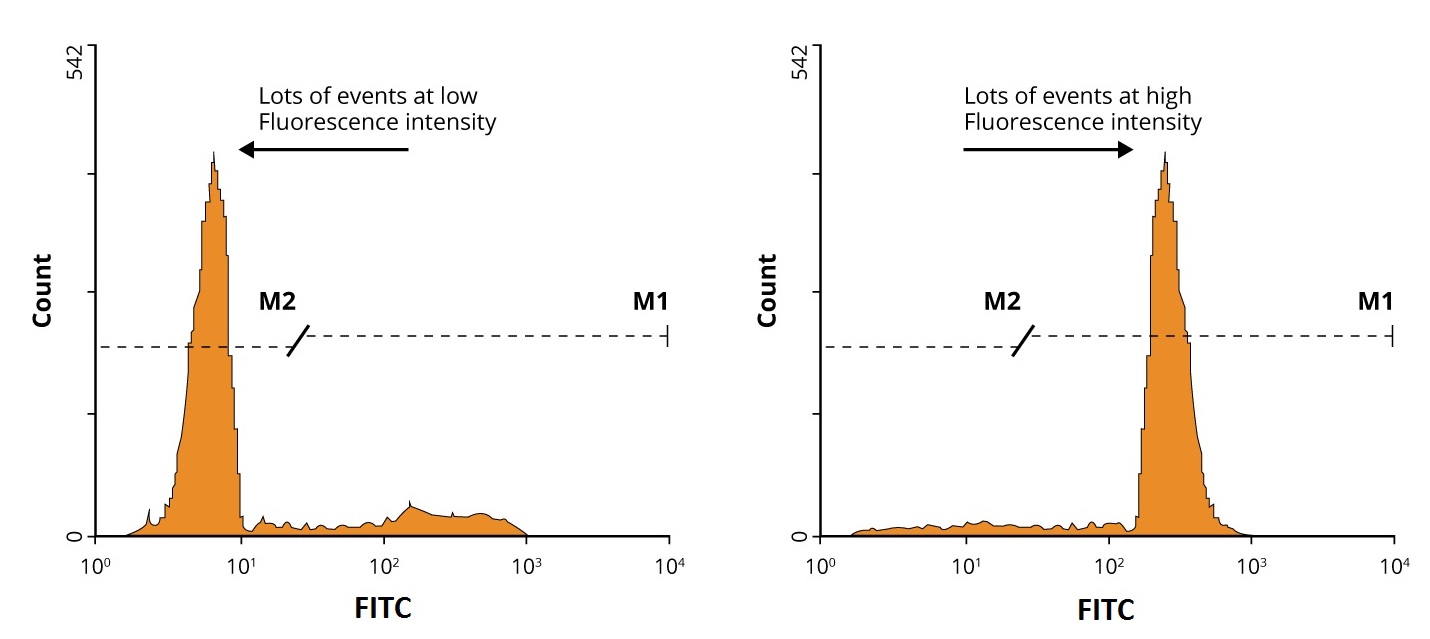
. A diagnosis of CLL requires at least 5000 irregular cells. Each type of light that is detected forward-scatter. Scientists use flow cytometry to differentiate between different types of cells or microscopic organisms.
The presence or absence of certain antigens on the cell surface can be. A A pool of homogenous stem cells that undergo gradual changes in their globin transcription pattern. The basic principle is to pass cells.
Flow cytometry data is typically represented in. Flow cytometry is a powerful tool for measuring the properties of single cells or particles and has a wide range of applications in research and diagnostics. Recent advances in fluorescence-activated cell sorting FACS.
Flow cytometry results and analysis. Flow cytometry performed on bone marrow is interpreted by. Flow cytometry data are commonly visualized in 1 of 2 ways.
Flow cytometry is unique in its ability to measure analyze and study vast numbers of homogenous or heterogeneous cell populations. It is a tool used in. Flow cytometry is a widely used method for analyzing the expression of cell surface and intracellular molecules characterizing and defining different cell types in a heterogeneous cell.
Flow cytometry is the measurement of chemical and physical properties of cells as they flow one by one through an integration point most commonly a laser. In a flow cytometry experiment every cell that passes through the interrogation point and is detected will be counted as a distinct event. The results can be explained by two models.
Indication for flow cytometry. As cells scatter laser light in. Flow cytometry data will plot each event independently and will represent the signal intensity of light detected in each channel for every event.
Recent advances in flow cytometry technologies are changing how researchers collect look at and present their data. Recent advances in flow cytometry technologies are changing how researchers collect look at and present their data. First developed in the 1960s and 1970s flow cytometry is a technique that utilizes a specialized fluid system to continuously pull individual cells into a.
B A pool of heterogeneous. Flow cytometry can identify the type of cells in a blood or bone marrow sample including the types of cancer cells. Todays flow cytometers are capable of.
Up to 15 cash back Flow Cytometry Results. Recent advances in fluorescence-activated cell sorting FACS. The scatterplot and the histogram.

Gating Strategies For Effective Flow Cytometry Data Analysis Bio Rad

Gating Strategies For Effective Flow Cytometry Data Analysis Bio Rad

International Clinical Cytometry Society
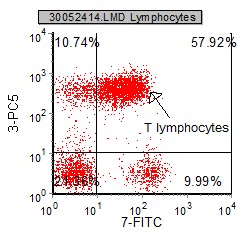
Introduction To Flow Cytometric Analysis Flow Cytometry

Flow Cytometry Basics Flow Cytometry Miltenyi Biotec Technologies Macs Handbook Resources Miltenyi Biotec Usa
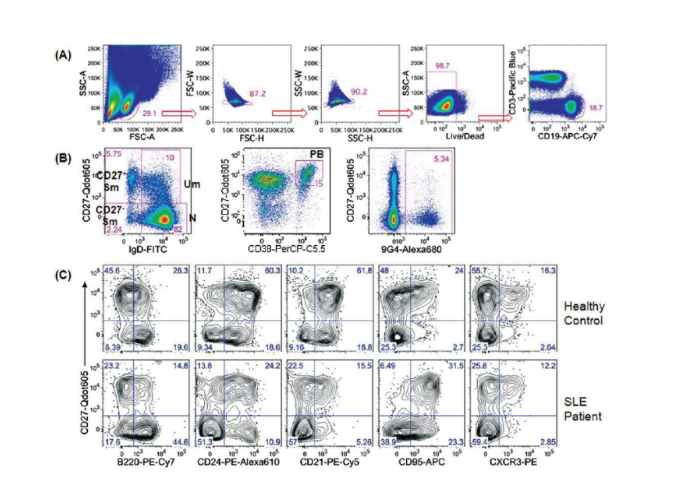
How To Analyze Facs Data And Prepare Flow Cytometry Figures For Scientific Papers Cheeky Scientist

Flowcytometry Basics Interpretation Of Graphs Rapid Review Youtube

A Basic Overview Of Using T Sne To Analyze Flow Cytometry Data Marissa Fahlberg Phd

Usmle Step 1 Flow Cytometry Youtube

Flow Cytometry Results Of The Patient Download Table
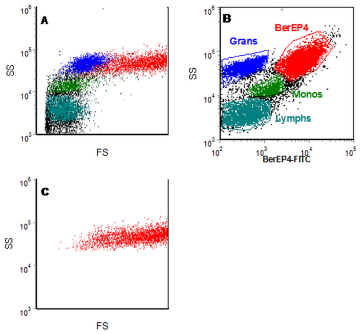
Chapter 4 Data Analysis Flow Cytometry A Basic Introduction

Flow Cytometry Data Preparation Guidelines For Improved Automated Phenotypic Analysis The Journal Of Immunology

Flow Cytometry Data Preparation Guidelines For Improved Automated Phenotypic Analysis The Journal Of Immunology
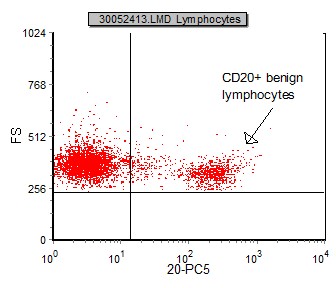
Introduction To Flow Cytometric Analysis Flow Cytometry
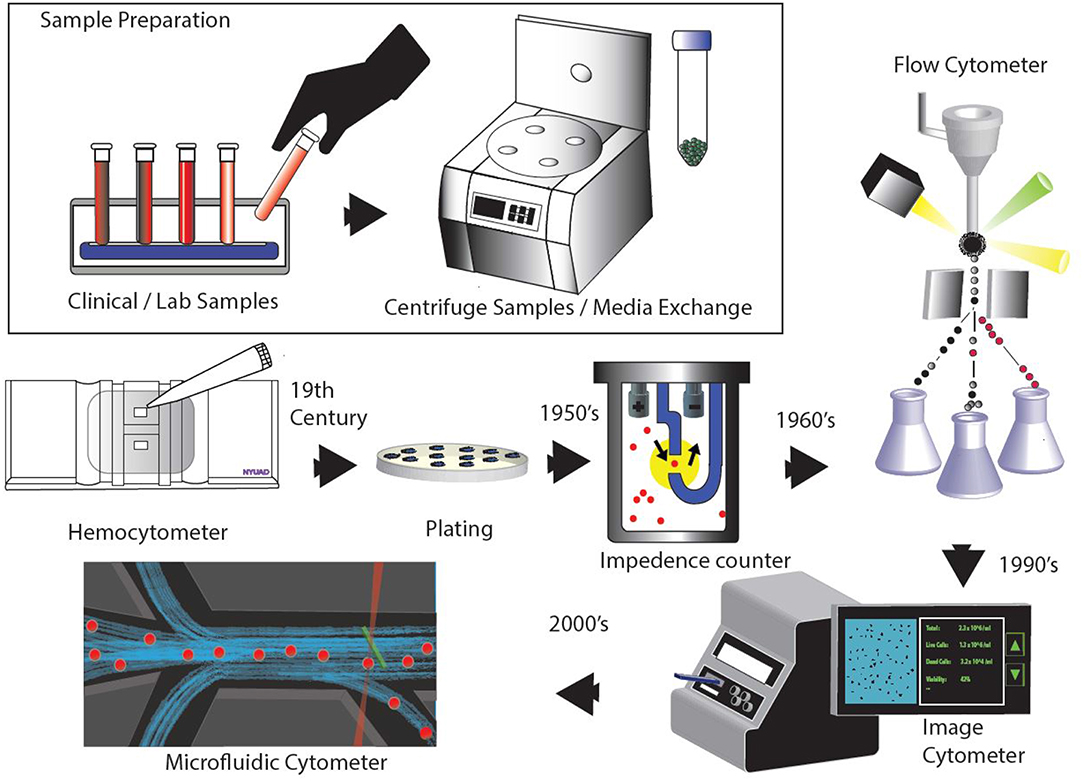
Frontiers Cell Cytometry Review And Perspective On Biotechnological Advances

533 Questions With Answers In Flow Cytometry Analysis Scientific Method

The Difference Between Linear And Log Displays In Flow Cytometry Cheeky Scientist

